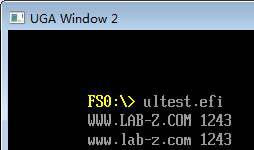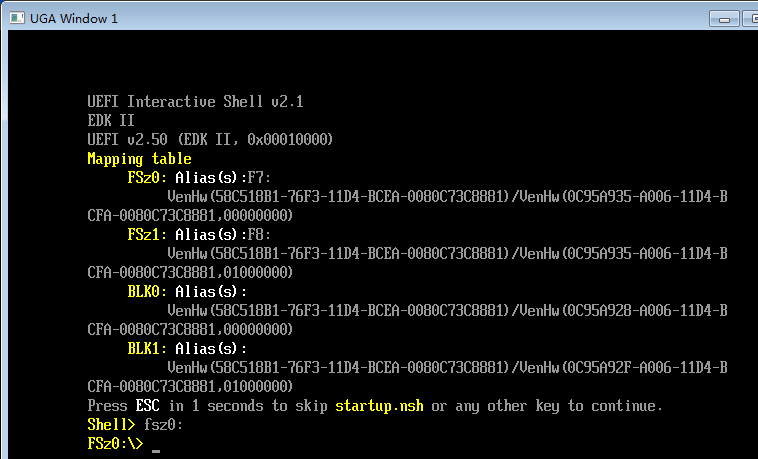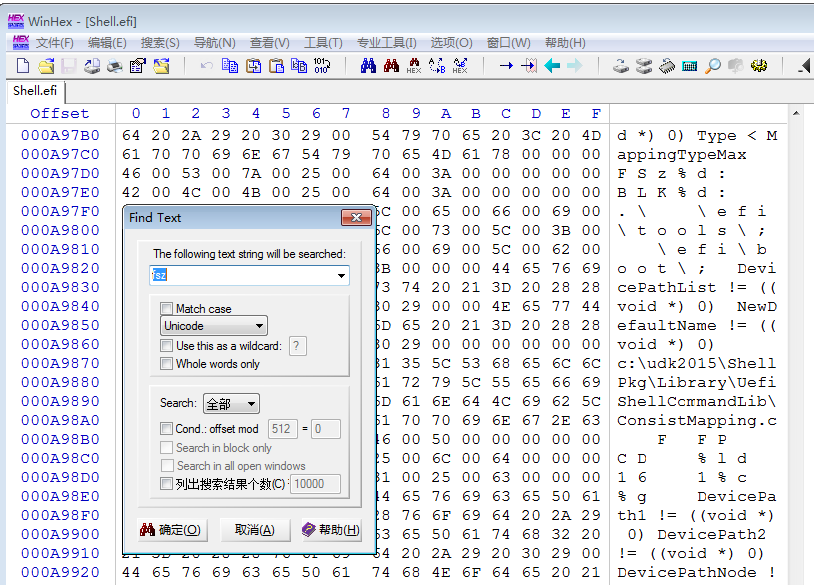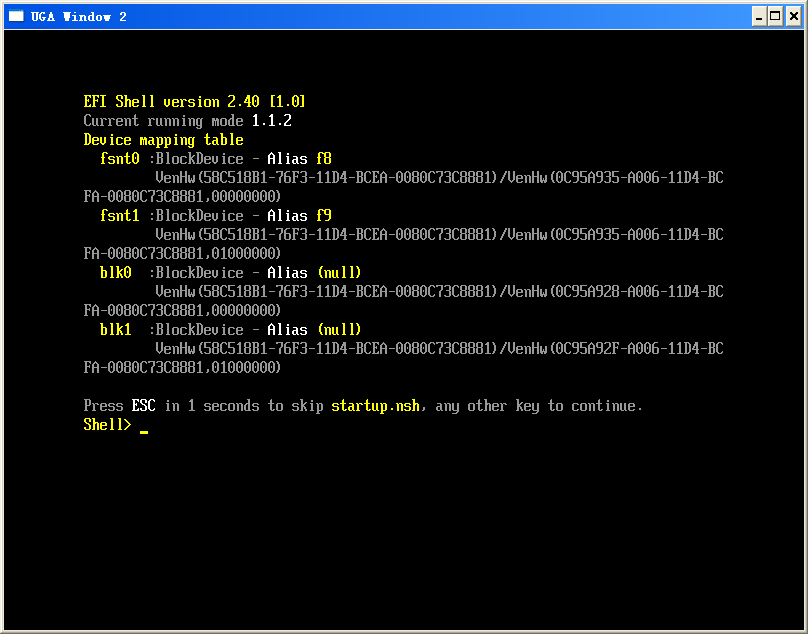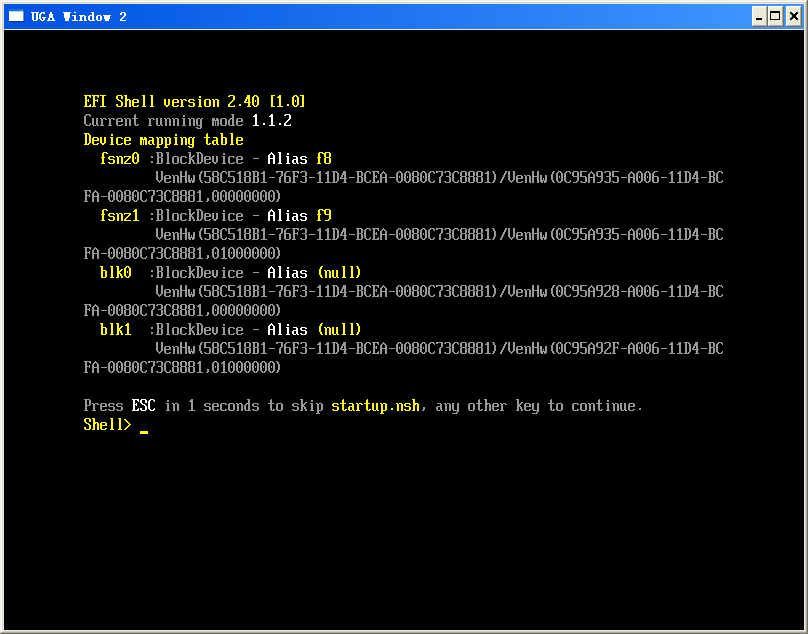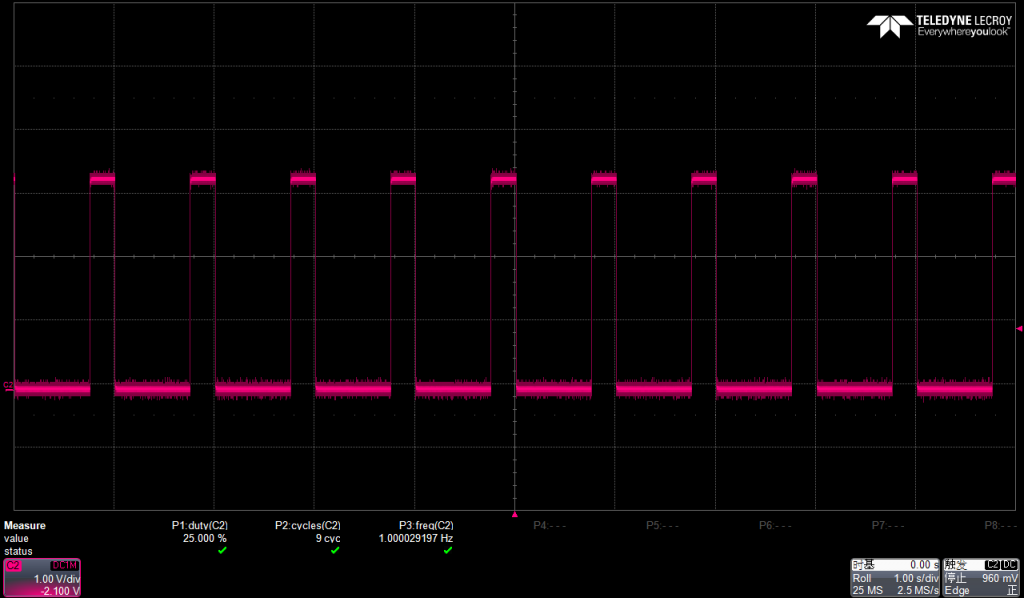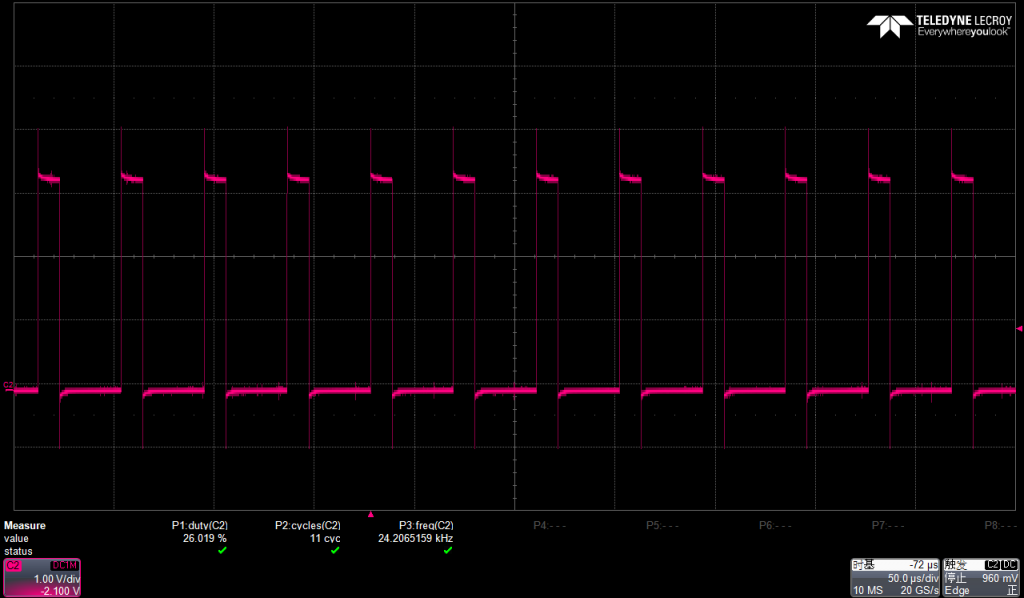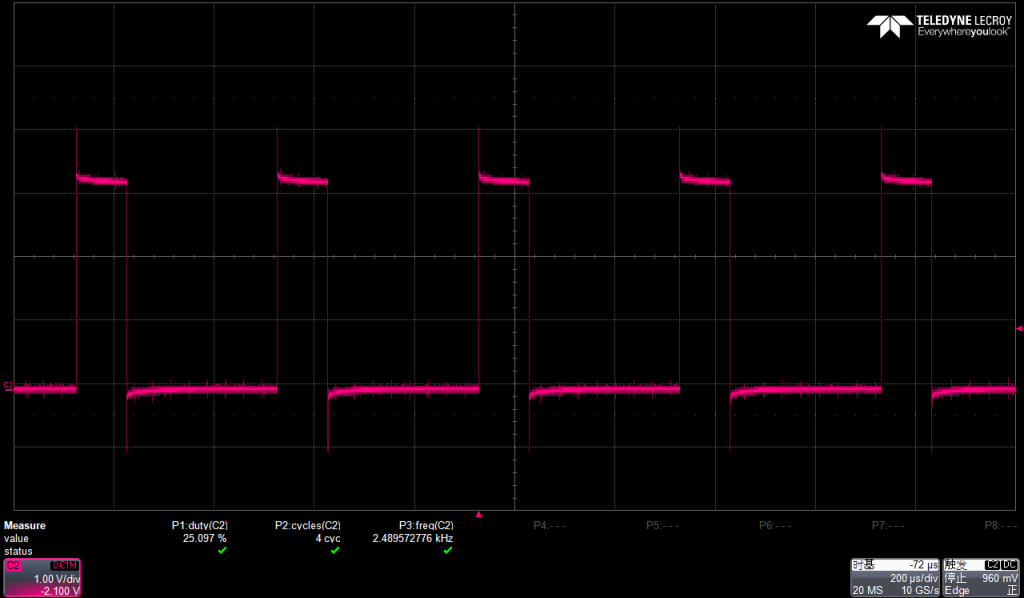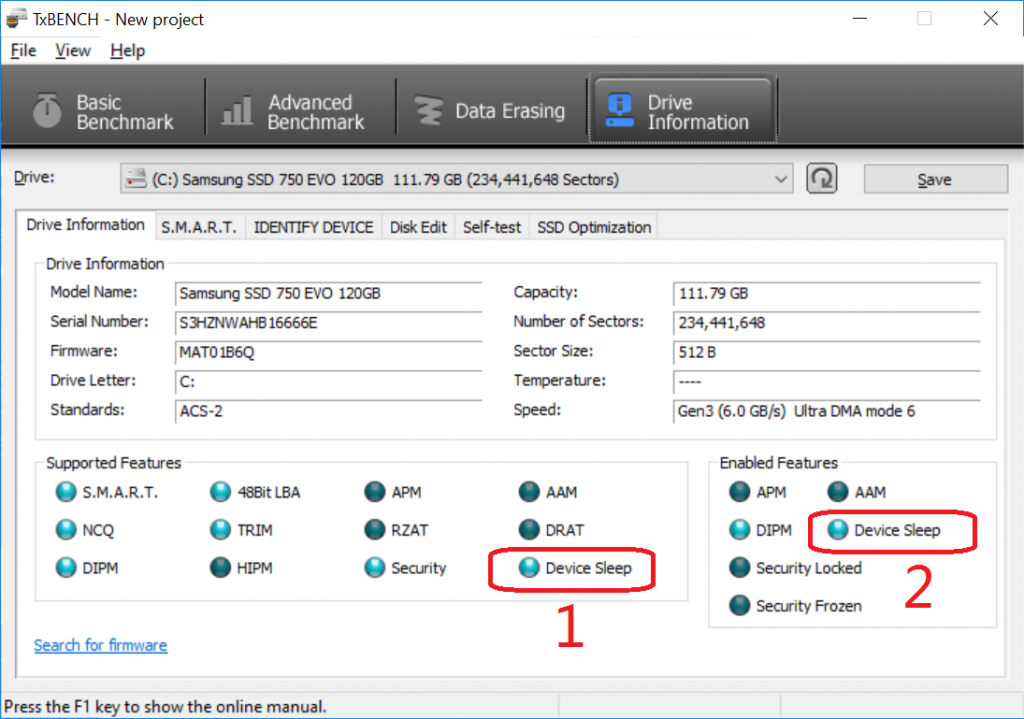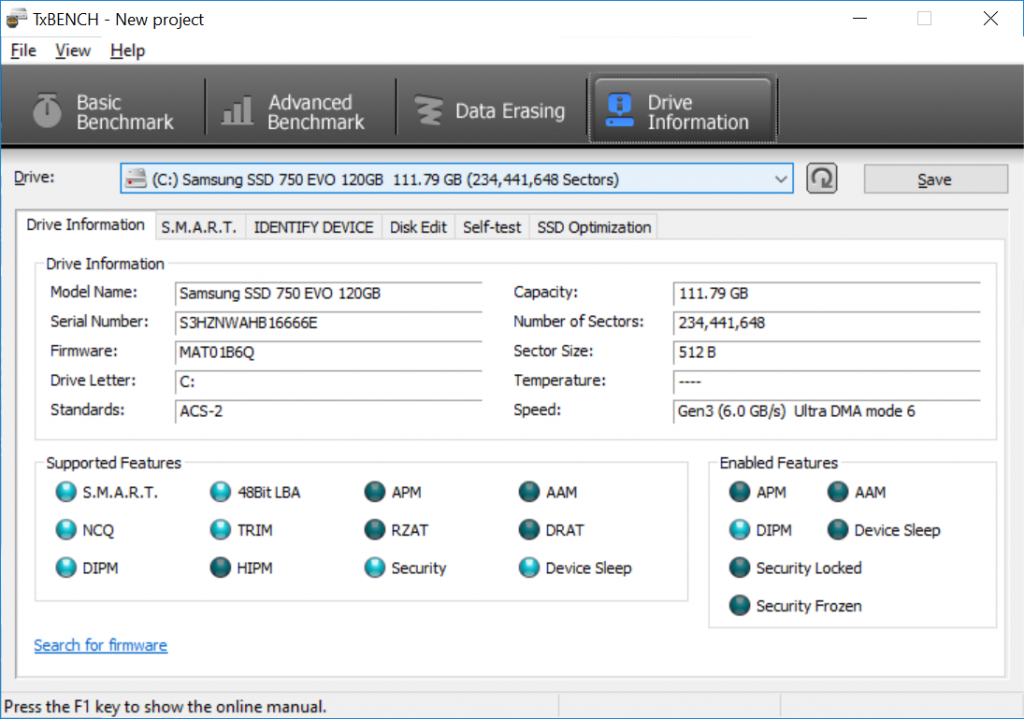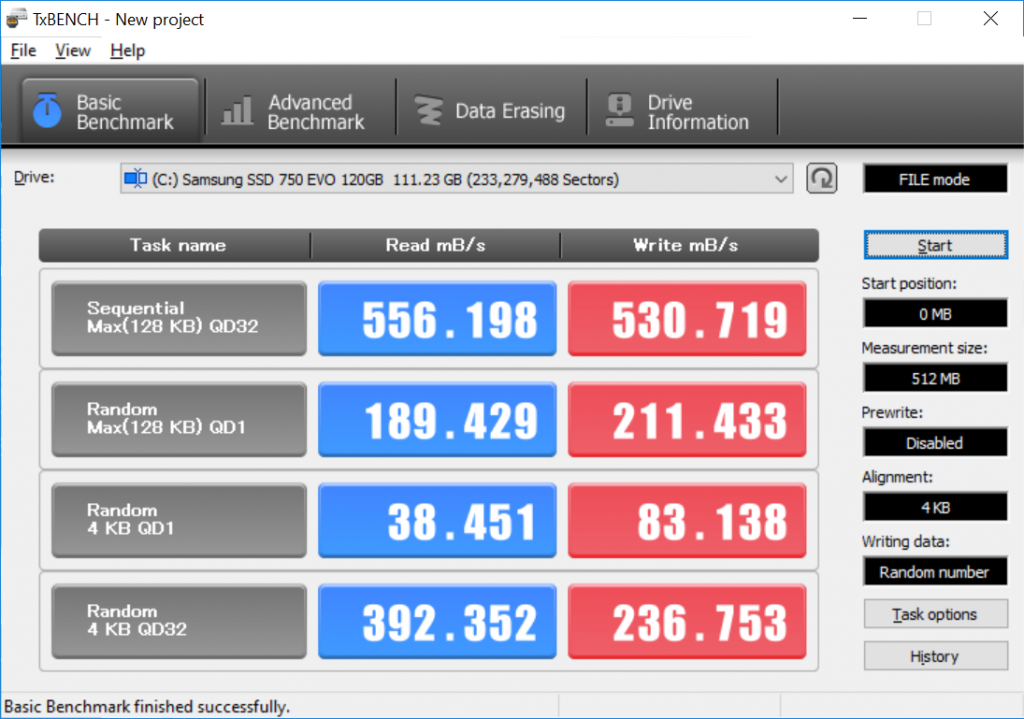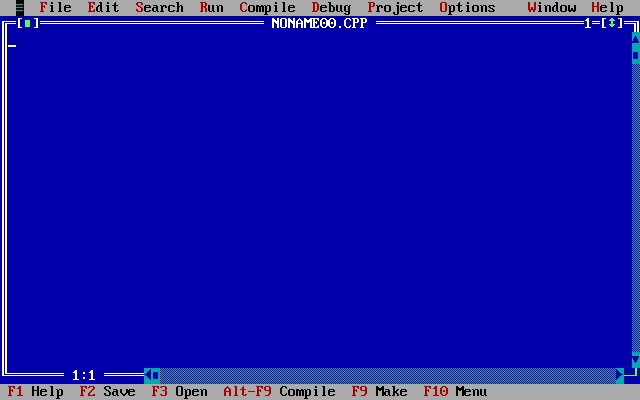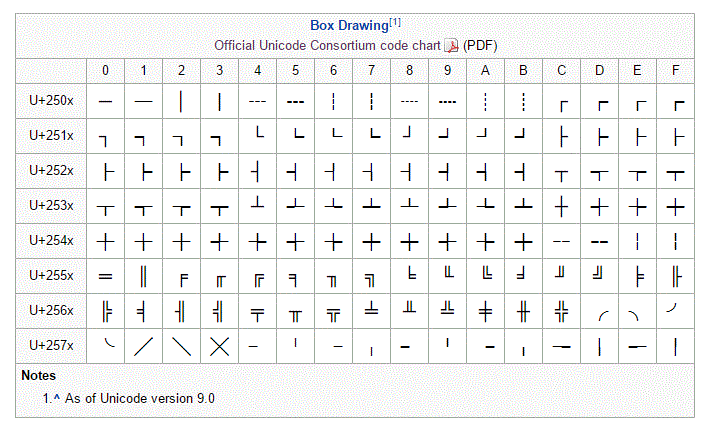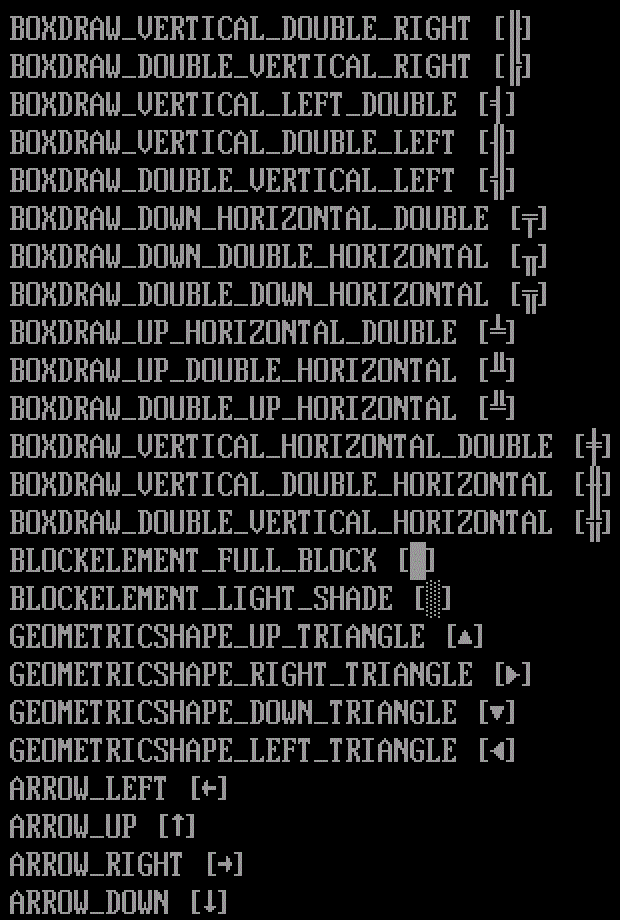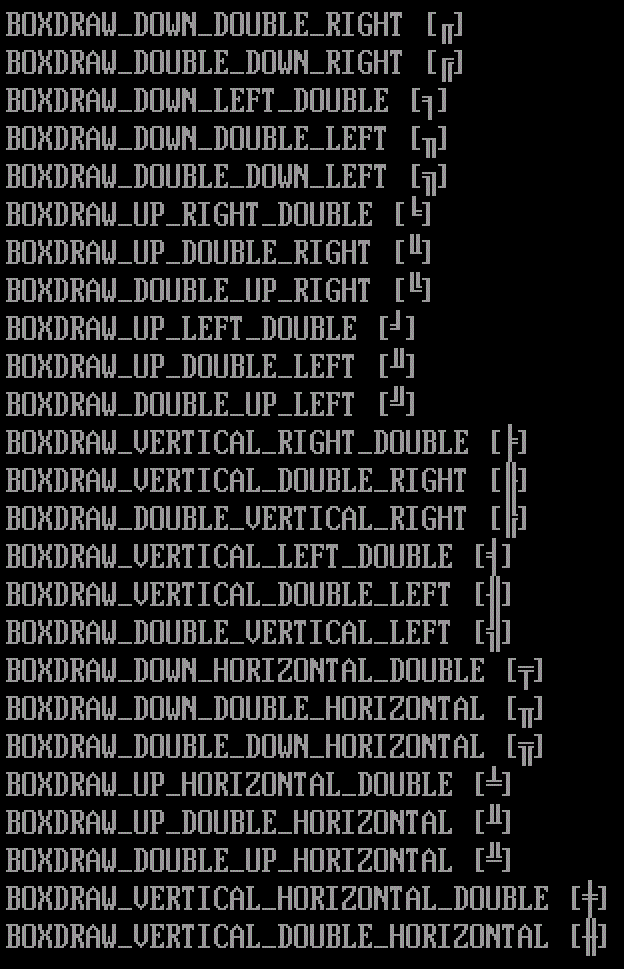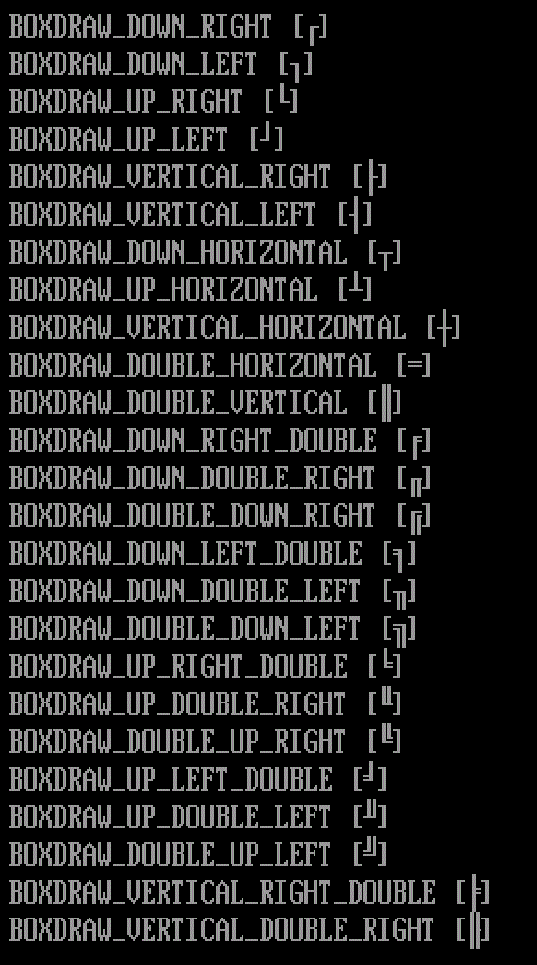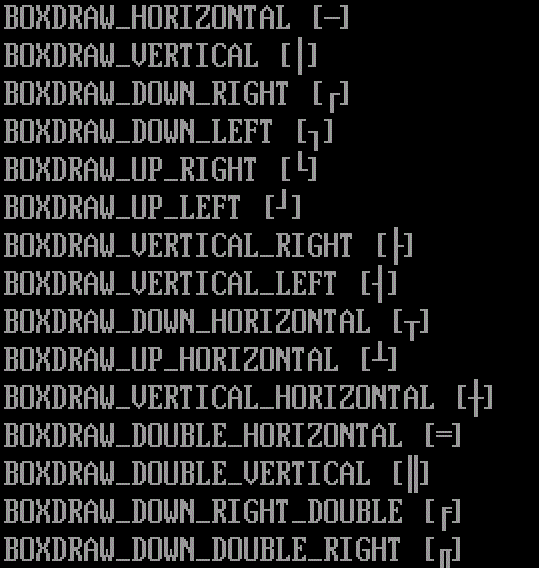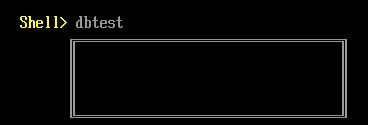前面提到过在编写UEFI 程序的时候不可避免的需要引用PROTOCOL 等等的 GUID。最近在网上看到了一个Python 编写的工具,作者是Xiang Lian【参考1】,可以将项目中定义的 GUID都提取到一个文件中个,这样便于查找和使用。我实验了一下,挺好用的推荐给大家。
#!/c:\python27\python.exe
#
# Filename: guidxref.py
# Written: Xiang Lian
#
#
# This python script scans through UDK2010 build tree and saves all GUID definitions into
# an output file. Refer list TargetFileTypes for currently suported source file types.
#
#-------------------------------------------------------------------------------------------------
#
# Rev history: rev 1.0 10/07/2012
# - Guid_In_h had missed some lower-cased GUIDs;
#
# rev 1.1 10/07/2012
# - Added captured groups in Guid_In_h, refer RegFormatOutput;
#
# rev 1.2 10/08/2012
# - Swapped content in output line so that GUID strings always come first
#
# rev 1.5 10/08/2012
# - Simplified os.walk logic to significantly reduce the redundant scans
# - Added summary to report total number of files scanned by type
#
# rev 1.6 10/08/2012
# - Added logging module, to turn on logging output:
# . Uncomment the logging.basicConfig line
# . Choose level in basicConfig
# - Always save result into a newly create output file
#
# rev 2.0 10/09/2012
# - Created function NormalizeGuidString to replace the buggy RegFormatOutput pattern.
# Now all output GUIDs have a fixed length and are made uppercase
#
# rev 2.2 10/11/2012
# - Added list ExcludedDirs which folders will not be scanned
# - Added lambda function toU to conver registry format GUIDs to uppercase
# - Output filenames are now including timestamp strings
# - Logging filenames are always saved into a newly created file (suffixed with seq#)
#
# rev 3.0 10/11/2012
# - Added filter to remove some invalid lines in the output
# - Output lines are sorted and all duplicates removed
#
# rev 3.1 10/19/2012
# - Collected all user customizable values/configs into class UserConfig
# - Minor adjustment on summary output
#
# rev 3.2 10/25/2012
# - Modified Guid_In_h pattern to match wider range of GUID formats (in EDK)
#
# rev 3.3 10/30/2012
# - Defined VimScriptMode switch to output result in vim script format
#
# rev 3.4 10/31/2012
# - Added .c into the scan file list (TargetFileTypes)
# - Added (?i) in Guid_In_h: This makes the entire pattern case in-sensitive
# - Resolved lines like: EFI_GUID PciIoProtocolInstallEventGuid = {...};
# - Resolved lines containing tabs
# - No more year info in result file name
#
# rev 3.5 10/31/2012
# - Added NormalizedGuidLine for final validity check
#
#
#
#
#
#
# Cases currently cannot be handled:
#
# EFI_GUID gEfiUsbKeyboardDriverGuid = {
# 0xa05f5f78, 0xfb3, 0x4d10, 0x90, 0x90, 0xac, 0x4, 0x6e, 0xeb, 0x7c, 0x3c
# };
#
#----------------------------------------------------------------------------------------------------
#
import os, re, string, sys
import logging
import datetime
#
# Global variables
#
class UserConfig:
""" This class defines a set of constants and configurations which can be customized by
the script user.
"""
ScriptRev = " Ver 3.5"
# To generate logging output, change this to 1
LoggingEnable = 0
# Set this to 1 to generate the result file in vim script format
VimScriptMode = 0
# The maximum character width of the console output line
MAXLINEWIDTH = 110
# This list provides all the file types to be scanned
TargetFileTypes = {'.h' : 0, '.dec' : 0, '.inf' : 0, '.dsc' : 0, '.c' : 0}
# Directories to be excluded from the scan
ExcludedDirs = ('.svn', 'Build', 'uefi64native')
# Base file name for result file
BaseOutputName = "guidxref_"
# Base file name for logging output
BaseLogName = ".\debug"
# This defines the continuation character at end of line
ContinuingEol = "\\\n"
# Define directive in GUID definition (usually in .h and .c files)
DefineDirective = "#define"
# Header part of the GUID definition line (usually in INF or DSC files)
RegGuidDef = "^.*\=\s*" #note: "^\(.*\)\=\s*" doesn't work!
# GUID Definitive format - Below pattern matches lines like:
# { 0xbf9d5465, 0x4fc3, 0x4021, {0x92, 0x5, 0xfa, 0x5d, 0x3f, 0xe2, 0xa5, 0x95}}
Guid_In_h = "(?i)\{\s*\
0x([0-9a-f]+),\s*\
0x([0-9a-f]+),\s*\
0x([0-9a-f]+),\s*{?\s*\
0x([0-9a-f]+),\s*\
0x([0-9a-f]+),\s*\
0x([0-9a-f]+),\s*\
0x([0-9a-f]+),\s*\
0x([0-9a-f]+),\s*\
0x([0-9a-f]+),\s*\
0x([0-9a-f]+),\s*\
0x([0-9a-f]+)\s*}?\s*\}.*"
#This is buggy, has already been replaced by NormalizeGuidString2
RegFormatOutput = r"\1-\2-\3-\4\5-\6\7\8\9\10\11" # Note: have to add prefix 'r' to make it raw here
# GUID Registry format - Below pattern matches lines like: FILE_GUID = A5102DBA-C528-47bd-A992-A2906ED0D22B
Guid_In_Inf = "[0-9a-fA-F]+-[0-9a-fA-F]+-[0-9a-fA-F]+-[0-9a-fA-F]+-[0-9a-fA-F]+"
# Normalized GUID lines like: A5102DBA-C528-47bd-A992-A2906ED0D22B xxxx
NormalizedGuidLine = r"[0-9A-F]{8}-[0-9A-F]{4}-[0-9A-F]{4}-[0-9A-F]{4}-[0-9A-F]{12} [^#]+"
#################################### Functions Definition #################################################
def NormalizeGuidString (matchobj):
""" Definitive format GUID string normalization - Prefixing with 0s for every captured group
Parameter matchobj is a MatchObject instance which contains one or more subgroups of the pattern
match done by the re.sub() method. It's same as the return object of re.search().
"""
hex = [""]
for i in range (1, 12):
hex.append(matchobj.group(i))
hex[1] = format (int(hex[1], 16), '08x').upper()
hex[2] = format (int(hex[2], 16), '04x').upper()
hex[3] = format (int(hex[3], 16), '04x').upper()
hex[4] = format (int(hex[4], 16), '02x').upper()
hex[5] = format (int(hex[5], 16), '02x').upper()
hex[6] = format (int(hex[6], 16), '02x').upper()
hex[7] = format (int(hex[7], 16), '02x').upper()
hex[8] = format (int(hex[8], 16), '02x').upper()
hex[9] = format (int(hex[9], 16), '02x').upper()
hex[10] = format (int(hex[10], 16), '02x').upper()
hex[11] = format (int(hex[11], 16), '02x').upper()
return hex[1]+'-'+hex[2]+'-'+hex[3]+'-'+hex[4]+hex[5]+'-'+hex[6]+hex[7]+hex[8]+hex[9]+hex[10]+hex[11]
def SearchGuidsFromList (SrcList, filename):
""" This function searchs for GUID definitions from a given string list.
"""
GuidLines = []
for n,line in enumerate(SrcList):
while line.endswith(ContinuingEol):
line = line.rstrip(ContinuingEol)
#this doesnt work?? line = re.sub("\\\n", "", line)
MergeLine = [line, SrcList[n+1]]
line = "".join(MergeLine) # This converts a list to a string
del SrcList[n+1]
#logging.debug (" Merged line #%d, %s", n, line)
# Now start searching for GUID pattern
# Process .inf and .dsc files
match = re.search(Guid_In_Inf, line, re.IGNORECASE | re.MULTILINE)
if match:
logging.debug ("Found a registry format GUID")
line = re.sub(RegGuidDef, filename + " ", line) # Trim out useless part
line = re.sub(Guid_In_Inf, lambda toU: toU.group().upper(), line) # Convert GUID to uppercase
#str = raw_input ("................................................. Press ENTER key to continue:")
line = line.lstrip()
line = re.sub("\A(.*?)\s+(.*)", r"\2 \1", line) # Swap it. lx-'\A' and '?' are both important
GuidLines.append(line)
# Process .h and .dec files
match = re.search(Guid_In_h, line, re.IGNORECASE | re.MULTILINE)
if match:
logging.debug ("Found a definitive GUID")
line = re.sub(DefineDirective, "", line) # Trim out useless part
line = re.sub(Guid_In_h, NormalizeGuidString, line) # Convert to registry format
#str = raw_input ("................................................. Press ENTER key to continue:")
line = re.sub(r"\A(.*?)EFI_GUID\s+", "", line) # Trim EFI_GUID
line = line.lstrip()
line = re.sub("\A(.*?)[ =\t]+(.*)", r"\2 \1", line) # Swap it. lx-'\A' and '?' are both important
GuidLines.append(line)
return GuidLines
def main():
# Configure the logging module to send debug messages to file
#
# Refer:
# logging.debug (msg, *args)
# logging.info (msg, *args)
# logging.warning (msg, *args)
# logging.error (msg, *args)
# logging.critical (msg, *args)
# logging.setLevel (level)
# logging.disable (level)
#
# Valid values to set for level (by severity) in basicConfig are: NOTSET, DEBUG, INFO, WARNING, ERROR, CRITICAL
#
#full format: logging.basicConfig(level=logging.DEBUG, filename='debug.log', format='%(asctime)s %(levelname)s: %(message)s', datefmt='%Y-%m-%d %H:%M:%S')
if UserConfig.LoggingEnable:
for seq in range (0, 99):
LogFileName = UserConfig.BaseLogName + format (seq, '02d') + ".log"
if not os.path.exists(LogFileName):
break
seq += 1
logging.basicConfig(level=logging.DEBUG, filename=LogFileName, format='%(levelname)s: %(message)s')
# Ensure input parameter is valid
if len(sys.argv) < 2:
print "Usage - ", sys.argv[0], " <Directory>\n"
exit(0)
RootDir = sys.argv[1]
if (os.path.exists(RootDir) == False):
print "Invalid directory name, please try again!"
exit(1)
# Determine output file
now = datetime.datetime.now()
##suffix = now.strftime ("%Y_%m_%d_%H_%M_%S")
suffix = now.strftime ("%m_%d_%H_%M_%S")
if UserConfig.VimScriptMode == 0:
ofile = open(UserConfig.BaseOutputName + suffix + ".txt", "w")
# Print header message
ofile.write("Generated by " + sys.argv[0] + UserConfig.ScriptRev + "\n")
ofile.write("=" * 40 + "\n\n")
else:
ofile = open(UserConfig.BaseOutputName + suffix + ".vim", "w")
# Print header option settings
ofile.write(":set mm=2000000\n")
ofile.write(":set undolevels=-1\n")
# Traverse the root directory path for required source files
TotalGuids = 0
TempBuffer = []
for root, dirs, files in os.walk(RootDir):
# Check directories to be excluded from the scan
for folder in UserConfig.ExcludedDirs:
if folder in dirs:
dirs.remove(folder)
logging.debug (' root = %s', root)
#logging.debug (' dirs = %s', dirs)
#for file in files:
#logging.debug (' file = %s', file)
for file in files:
for type in UserConfig.TargetFileTypes.keys():
if file.endswith(type):
logging.info ("Found needed files = %s\\%s", root, file)
UserConfig.TargetFileTypes[type] += 1
# Scan the file for GUID strings
try:
fullpath = os.path.join(root, "".join(file))
ifile = open(fullpath, "r")
except:
print folder, "\\", file, " could not be opened, abort!"
sys.exit(2)
logging.debug ('Opening source file ........%s', fullpath)
AllLines = ifile.readlines()
GuidList = SearchGuidsFromList (AllLines, "".join(file))
if (len(GuidList) > 0):
OutputLineWidth = UserConfig.MAXLINEWIDTH - len(fullpath)
print fullpath, "." * OutputLineWidth, len(GuidList)
for line in GuidList:
# Remove some invalid lines
if not re.search (r"\/\/$", line, re.MULTILINE): #lx: "\Z" and "\z" don't work. ??
TempBuffer.append(line)
ifile.close()
# Remove duplicates from the list
#
# [Python.docs] A set object is an **unordered** collection of distinct hashable objects. Common uses
# include membership testing, removing duplicates from a sequence, and computing mathematical operations
# such as intersection, union, difference, and symmetric difference.
#
TempBuffer = list(set(TempBuffer))
# Now sort the list
#
# [Python.docs] sorted (iterable [, key][, reverse])
#
# key - specifies a function of one argument that is used to extract a comparison key from
# each list element: key=str.lower. The default value is None (compare the elements directly)
# reverse - a boolean value. If set to True, the list elements are sorted as if each comparison
# were reversed.
#
TempBuffer = sorted(TempBuffer)
for line in TempBuffer:
if re.match(NormalizedGuidLine, line):
#
# Ideally we don't need to add this extra validity check on each processed line. However there
# are always some corner cases or various special cases which cannot be well handled by current
# code logic. These filtered lines here can later be investigated when I have spare time.
#
TotalGuids += 1
if UserConfig.VimScriptMode:
line = re.sub(r"\A([^ ]*) (.*)$", r":%s/\1/\2/e", line)
ofile.write(line)
else:
#lx-Adding following lines will unexpectedly remove the next line as well, why?
#TempBuffer.remove(line)
print "Invalid line: ", line
ofile.close()
# Print summary
print "\n", "-" * 50, "Summary", "-" * 55
for type in UserConfig.TargetFileTypes.keys():
print "Scanned ", format (UserConfig.TargetFileTypes[type], '04d'), format (type, "4s"), " files"
print "\nTotal number of GUIDs found: ", TotalGuids
#
# Why do we need this?
# A .py file can be interpreted by Python as either standalone program to execute directly,
# or a module to be imported into other .py files.
# 1) Standalone program - __name__ equals to "__main__";
# 2) imported as a module - __name__ equals to something else, therefore contents behind
# the if statement won't get executed.
#
if __name__ == "__main__":
main()
下载:
guidxref
参考:
1. https://github.com/simonlian/guidref/blob/master/guidxref.py
